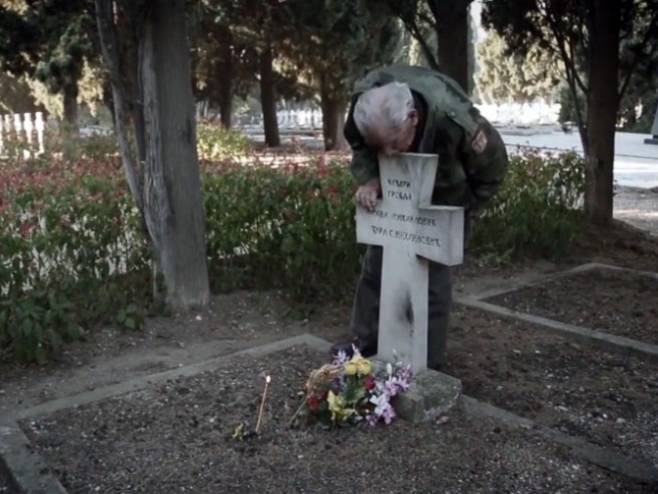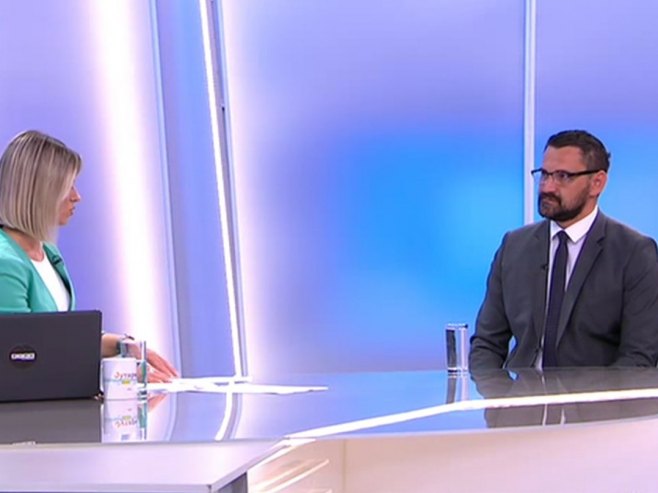- It was filmed with the desire to preserve his character and work from oblivion. This is also a way to keep the testimony of the Serbian Golgotha during the First World War in the fight for freedom, and the role of the Serbian army in the breakthrough of the Thessaloniki front, which some have been trying to belittle in recent years - said Klokić.
He noted that the film lasted 25 minutes and was a project of the Representative Office of Srpska in Greece.
He added that the film was translated into Greek, and would also be translated into English, in order to present this part of Serbian and world history to the general public.
Klokić said that the film would premiere on RTRS on Mihailović’s 93rd birthday.
According to him, if the situation caused by the coronavirus allows, the premiere will be held in Greece, i.e. in Thessaloniki, and the aim is to show the film in all countries where the Republic of Srpska has its representative offices and associations.
The 25-minute film was shot by the company World Media from Banja Luka, with the support of the Republic of Srpska Representation in Greece, Ministry of European Integration and International Cooperation, and Office of the President of the Republic of Srpska.
For more than half a century, Đorđe Mihailović, the legendary Uncle Đorđe as the visitors to Zeitenlik and the people call him, has been the keeper and guide of this military cemetery from one of the greatest epics of the Serbian people, and he is the third generation Mihailović on this job.
In 1926, King Aleksandar Karađorđević appointed his grandfather Sava to head the state commission for collecting the remains of fallen Serbian army soldiers scattered over 250 smaller military cemeteries on the wide area of the Thessaloniki front.
Sava’s son Đura took over the job of the keeper, and his son Đorđe replaced him in the 1960s, staying on that job until 2014, when due to his old age and feebleness he was replaced by Predrag Nedeljković from Kraljevo.
The remains of more than 8,000 members of the Serbian army who died on the Thessaloniki front rest in the graves and ossuary at the Serbian military cemetery Zeitenlik.
Source: SRNA





